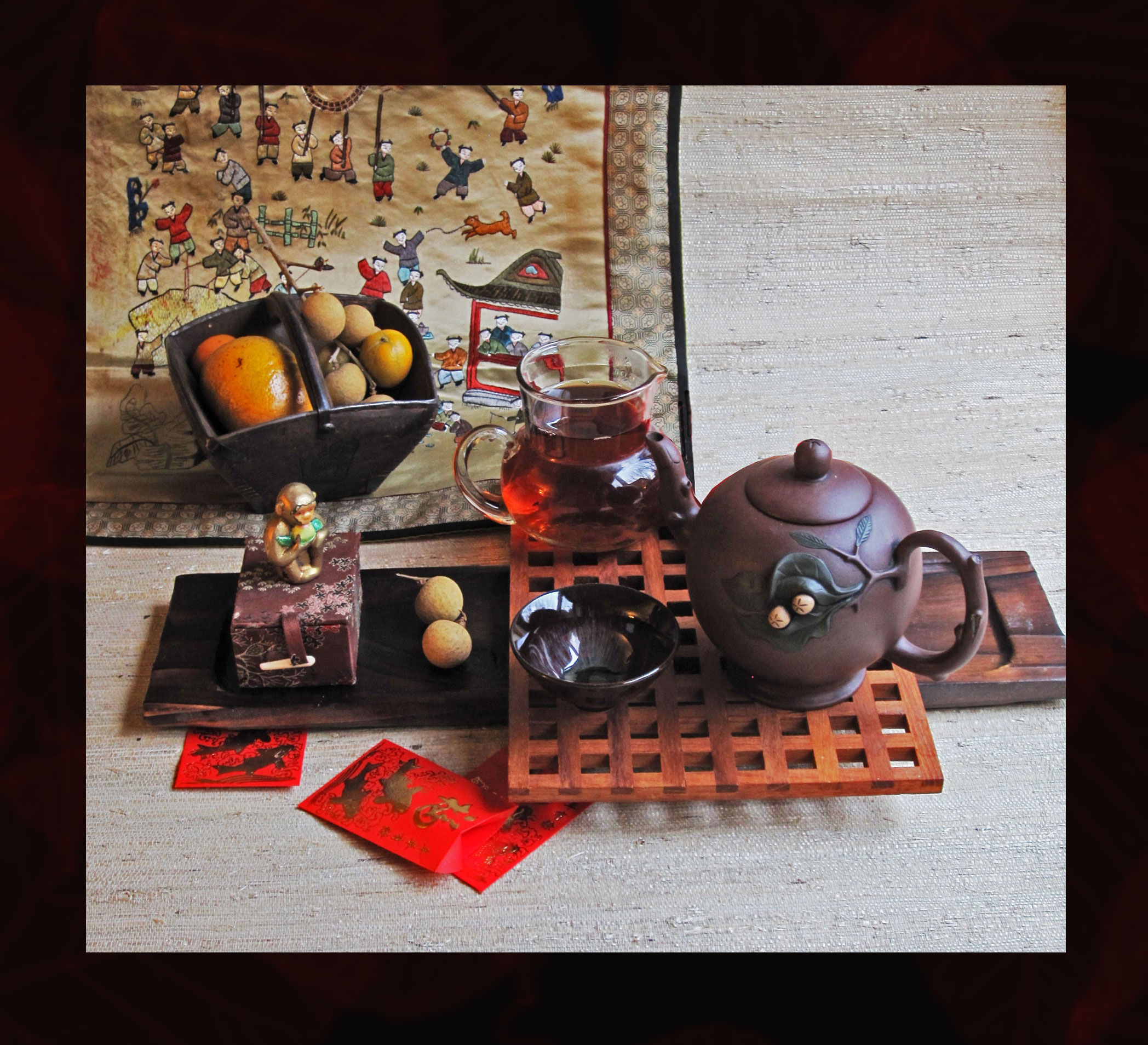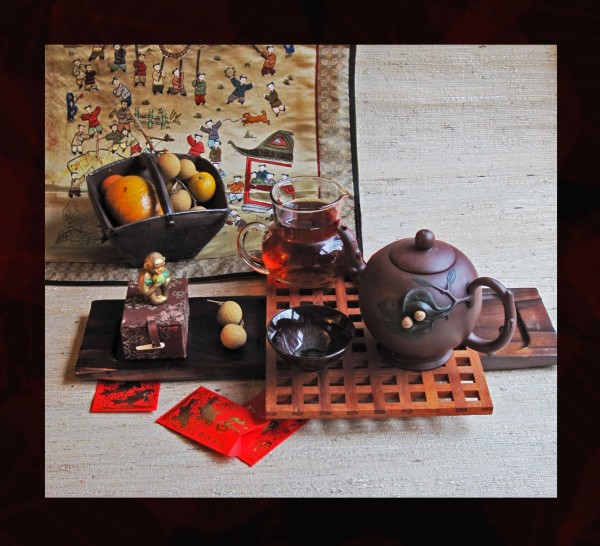Year of the Monkey
The Monkey appears ninth (out of twelve) in the Chinese Lunar calendar’s Zodiacal line up. New Year celebrations run from Sunday February 7th (New Year’s Eve) to Saturday February 13th. People born under the sign of the Monkey are said to be quick-witted, charming, lucky, adaptable, bright, lively, smart. A year of the Monkey is said to be unlucky, so precautions must be taken e.g. making sure the rice jar is not empty and avoiding sharp objects such as scissors and knives.

I celebrated the Year of the Monkey by visiting Toronto’s Chinatown. There were no dragons, parades or special music, but there was plenty of bustle and good cheer. I hoped to find some unusual ingredients/spices – foods that either I’ve never tasted or that I’m rediscovering after many years. The intersection of Spadina and Dundas Avenues was crowded and messy. A shop’s recycling garbage had been blown about the sidewalk the length of the block. There was gridlock in the Chinese “supermarket” aisles as shoppers competed with staff to get a look at what was on the shelves. I purchased jellied coconut, preserved plums and longans (fruit similar to lychee).
Throughout the week of Chinese New Year celebrations, auspicious gifts are given to family and friends. Red envelopes containing money are considered appropriate New Year gifts, as are presents of tea. I’m sure it must be okay to reward oneself in anticipation of a new year, so at the recent Toronto Tea Festival, I gave myself a gift of Golden Monkey tea 金猴 (Jin Hou). The name refers to the shape of the twisted leaf which looks like a monkey claw.
I don’t often review tea on this site as I think tea tasting would be best shared with readers if we could all have the same tea sitting in front of us, ready to sip. In honour of the season though, I thought it would be fun to highlight this “monkey” tea.
Golden Monkey, 金猴

- TAO Tea Leaf, Toronto
- Zhengde, Fujian province, China
- Fully oxidized hong cha (red tea)
- The leaves display a beautiful dark brown/black golden-tipped, leaf and bud.
- 1 heaping teaspoon dry leaf to make a 6 oz cup
- Temp. 95°C / 200°F
- Infusion 2 – 3 minutes. Can infuse for longer without much concern of astringency
- I served it in small (2-3 oz.) cups
- There was no astringent mouth feel – rather, a rich silky quality.
- On tasting, it immediately presented a delicious raw cacao flavour
- Followed by a baked caramelized pear finish.
- Accompanied by red bean cake, longan fruit, honey tangerine and preserved plum

New Year Greetings:
- 恭喜發財 Gōngxǐ fācái (Kung Hei Fat Choy) New Year Happiness!
- 步步高陞 Bùbùgāo shēng (boo-boo gaoww-shnng) On the Rise to High Places!




